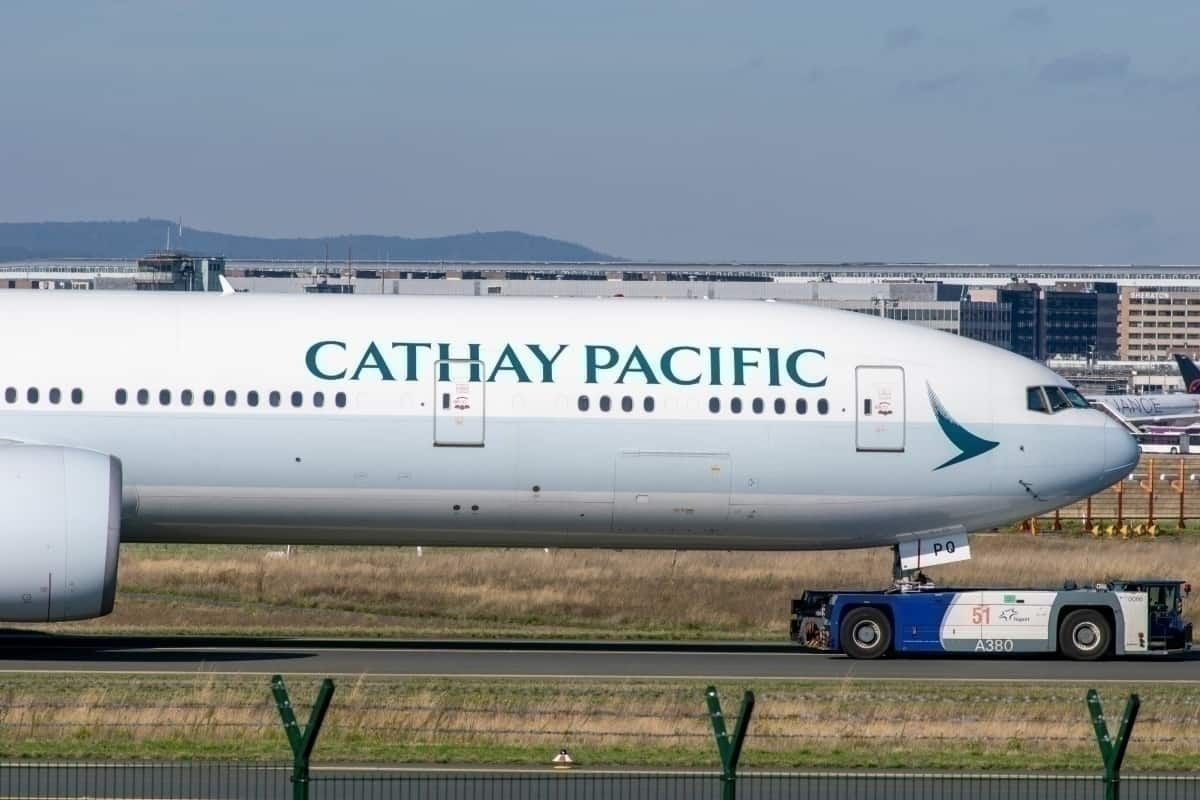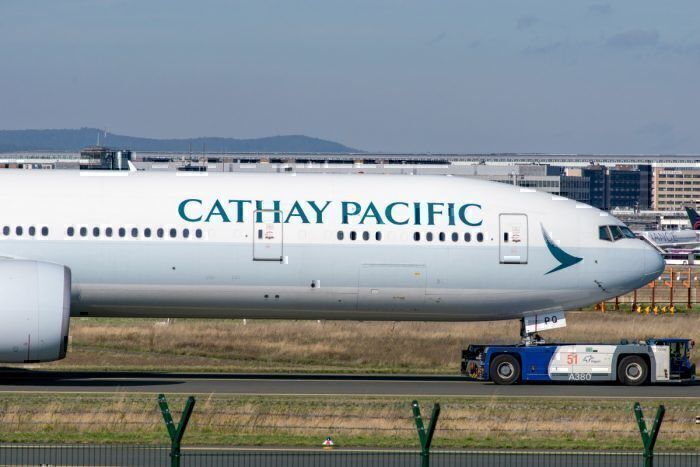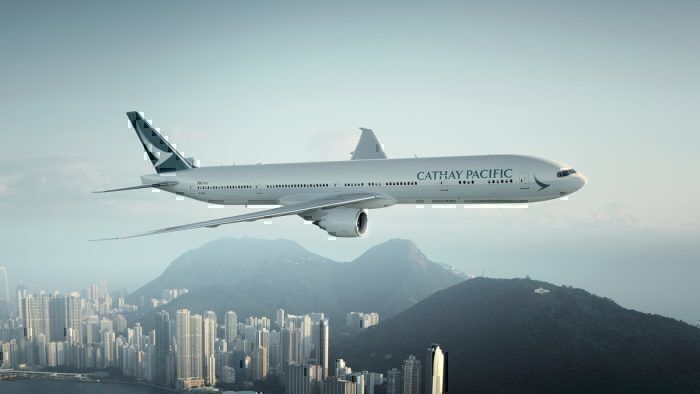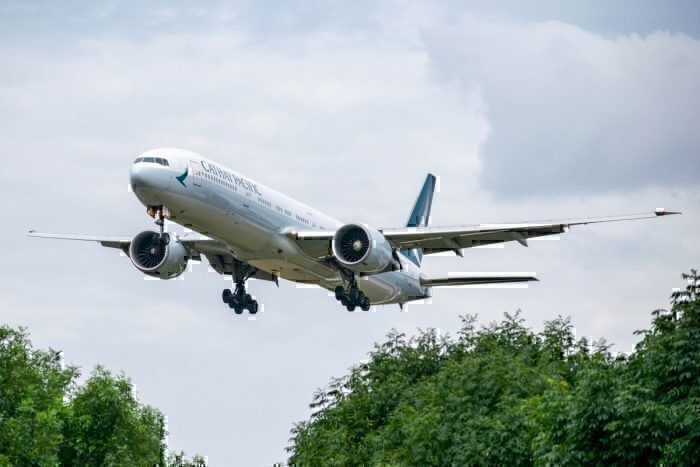Hong Kong airline Cathay Pacific has always been an excellent connecting airline, with the airline's hub ideally situated in the middle of travel between Asia, Europe, Australia, and the USA. However, with the unrest in Hong Kong reaching peak levels the airline is being forced to rely more and more on these international transfer passengers to stay profitable.
What are the details?
Cathay Pacific, the flag carrier of Hong Kong, operates in two distinct markets. One market is for the 7.3 million local residents that call the urban island archipelago home, offering holiday routes across the world and local nearby destinations.
The second market is international transfers from one continent to the next. As mentioned in the introduction, thanks to Hong Kong's perfect geographical location (and one of the reasons why the island was so sought after by the British), Cathay Pacific is able to use its hub airport to provide services connecting Europe, Asia, the Middle East, Australia, and the United States.
This places the airline in the same category as the big Middle Eastern carriers, as well as fellow Southeast Asian airlines Singapore, Malaysian and Thai Airways.
In total, Cathay Pacific carried 27 million passengers in the last year, with around 16 million passengers traveling onwards on connecting flights.
Where are the most popular connecting flights?
A recent report by ANNA.aero showcased the most popular connecting routes for Cathay Pacific, some that may surprise you.
The number one connecting route through Hong Kong on Cathay Pacific was from the Middle East city of Dubai to Manila, totaling around 57,000 return trip travelers per year. This would be most workers from the Pacific heading for contracts in Dubai. This route also has some heavy competition with five non-stop flights per day from Emirates and Cebu Pacific.
What is the problem?
Remember that first market we mentioned? Thanks to the civil unrest in Hong Kong, passengers traveling to Hong Kong as a destination have dropped by 35% according to ANNA.aero.
The majority of this travel actually comes from within China and other cities in North-East Asia. As they are neighbors to Hong Kong, these markets would be the most exposed to the media reports of the situation. China tourists may especially be wary as they feel that their security and personal safety in the country is not entirely guaranteed.
Thus, Cathay Pacific has found itself needing to rely much more on connecting passengers than ever before, despite the fact that, unlike airlines such as Emirates, their fleet is not designed to be entirely long-haul.
Other problems arise when looking at the competition in the region, such as China Southern. Based out of an airport in Guangzhou, this carrier can easily match the same routes as Cathay Pacific with more than enough capacity, without losing its domestic trade.
And guess where the most popular connecting passengers come from. China. Whilst destinations vary from Australia, Taiwan, and America, China is nearly always the most lucrative source for outbound passengers.
Only time will tell if Cathay can successfully pivot around this new challenge.
What do you think? Let us know in the comments.




